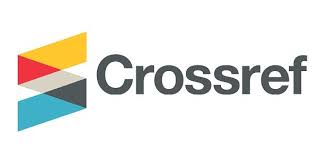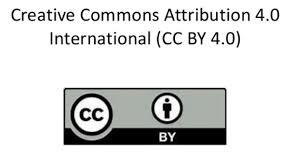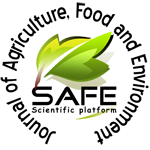Bacteriological and physicochemical properties of sullage in the city of Ilhéus, Bahia, Brazil
DOI:
https://doi.org/10.47440/JAFE.2025.6310Keywords:
Agriculture, sullage, wastewater, households, physicochemicalAbstract
The study evaluated the microbiological and physicochemical properties of sullage from sources like kitchens, showers, and laundry collected from various residential and commercial locations across four zones in Ilhéus City, Bahia State, Brazil. From October 2024 to February 2025, 100 sullage samples, 20 each from laundry, dishwashing, mopping, sink, and air conditioning (AC) outlets, were analyzed using standard bacteriological and biochemical techniques. Results showed a generally high bacterial load across all zones and sample types. Total bacterial counts ranged from 1.0±0.31×103 to 70.0±0.32×103 CFU/ml, while total coliform counts showed similar elevated ranges. Specifically, the Central Zone's laundry samples and the North Zone's mopping samples exhibited some of the highest bacterial counts. Gene sequencing identified five bacterial strains: Enterobacter strain MF3714, Proteus strain FCC64, Achromobacter strain MZ-19, Bacillus strain RD_MAAMIA_19, and Shewanella strain ST305. Enterobacter sp. was the most prevalent isolate across mopping (29.0%), dishwashing (27.0%), laundry (23.0%), and AC outlet (24.0%) samples. In sink samples, Proteus sp. was the most frequent (27.0%). While most physicochemical parameters and heavy metal contents were within WHO permissible limits, the levels of copper (Cu), iron (Fe), and cadmium (Cd) exceeded these standards. The high bacterial load observed in the study indicates serious contamination. Hence, proper treatment of sullage before re-use will help minimize the risk of pathogenic microbes that can cause diseases, negatively affecting plant growth, development, and overall productivity.






 Publisher:
Publisher: 